When it comes to working out, exercise modifications tend to get a bad rap. When a trainer or instructor tells you to take it down a notch and try a modification for whatever move you’re attempting, it can feel like they’re shooting you down. But, in a lot of cases, an exercise modification can be just as challenging as the more “advanced” version. In some senses, a modification might be even harder.
Here are four examples of exercises and their modifications — both challenging in their own ways.

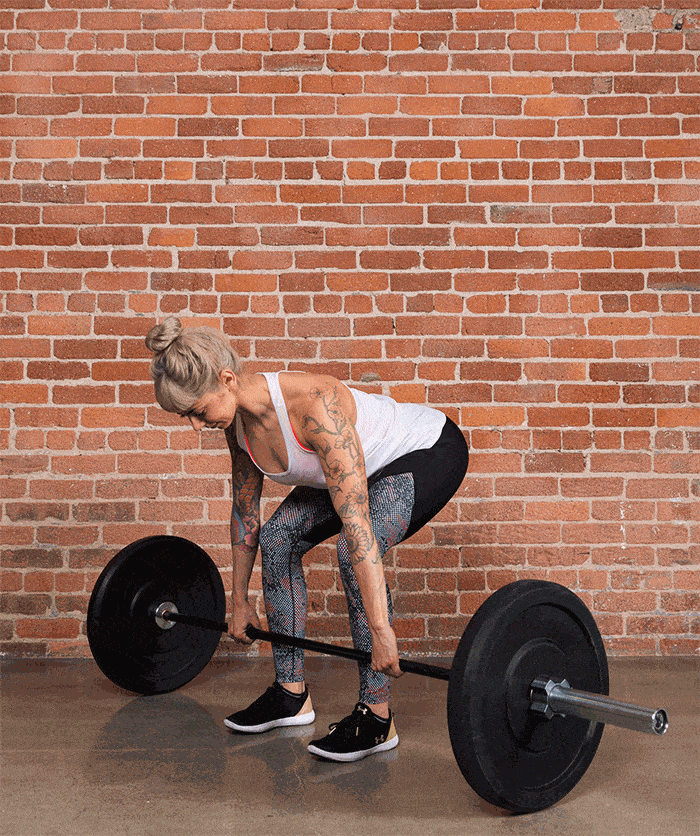
“This exercise is a staple that develops full-body strength,” says Michael Piercy, 2017 IDEA Personal Trainer of the Year and owner of The Lab Fitness. “The barbell deadlift utilizes your entire posterior chain (legs, glutes, plus lower and upper back muscles) when performed properly.” Plus, barbells are readily available in most gyms.

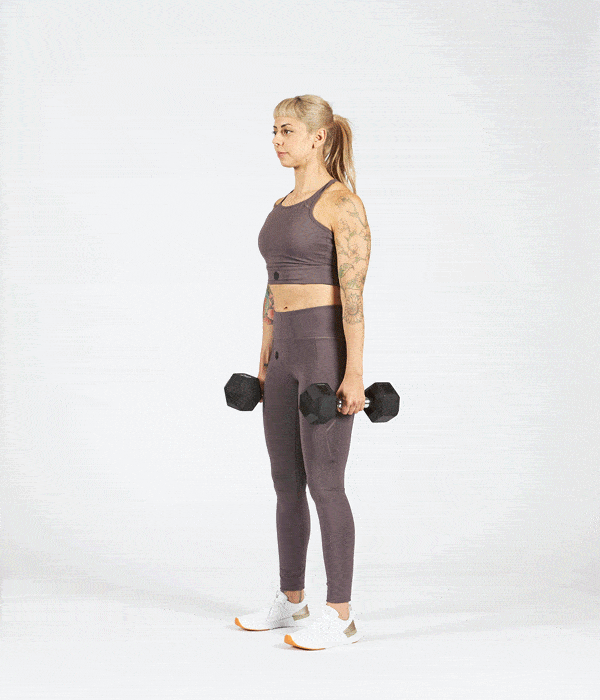
While the barbell deadlift is a common exercise, anyone with back issues or who is newer to deadlifting may want to try deadlifting with dumbbells, a hex or trap bar instead. “The biomechanics of the hex bar position mean the load is placed close to the center mass of the body,” Piercy says. That means less load on the lumbar spine (or lower back), where many people experience back pain.
But that doesn’t mean this modification is easy. “Because of the positioning, many people will be able to lift heavier weight with a hex bar,” Piercy says.

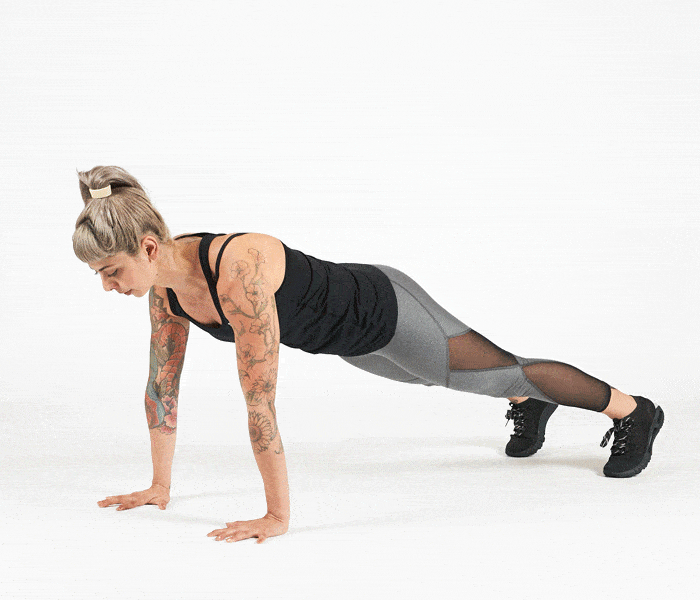
Pushups are probably one of the most commonly modified exercises — and for good reason. “Pushups are much more of a core exercise than we give them credit for,” explains Chris Ryan, certified strength and conditioning specialist and NSCA certified personal trainer. This often results in hips sagging toward the floor when repetitions get tough or the hips and upper body moving out of sync with each other.

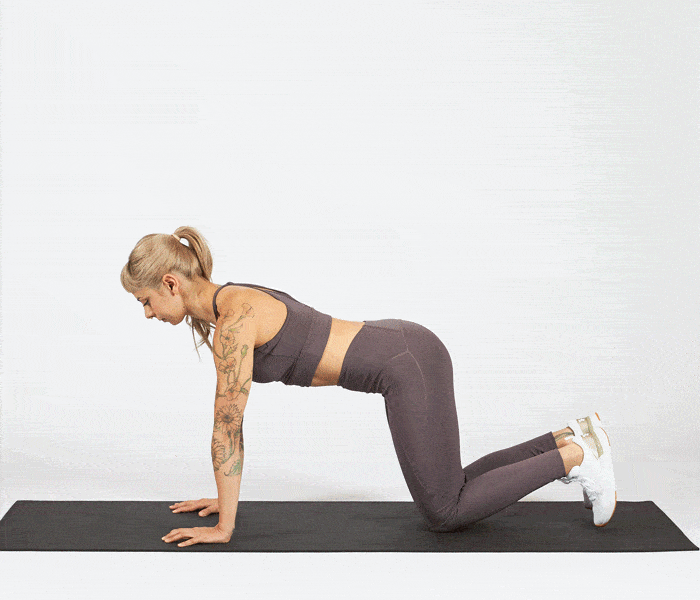
If you find you can’t keep your hips in line with the rest of your body during a regular pushup, Ryan recommends dropping your knees to the floor. ‘Everything else remains the same: tailbone tucked down and in, elbows in, ribs pulled into your abs and power through your palms.”
Both exercises give you a solid core and upper-body workout. But where can knee pushups be harder? “Overall the regular pushup is harder when taken as a whole, but when you are on your knees, you can target your triceps a little more if you stay in the ‘tempo zone.’” By performing the movement faster, you take some of the load off the core and engage the arms to a greater degree, Ryan says. “Just make sure the elbows stay tucked in close to your ribs.”

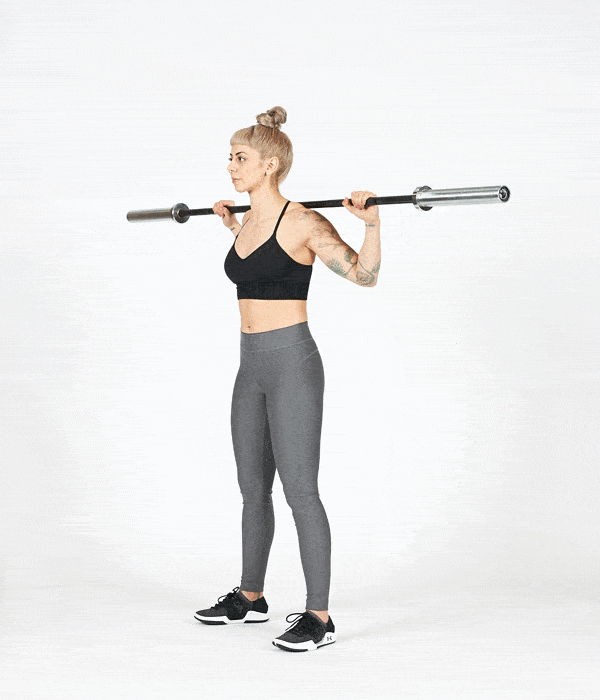
Barbell back squats are another common exercise you’re bound to see in any gym setting. Many people prefer them over other squat variations: “Back squats can require less mobility and also will allow the athlete to lift more weight,” Piercy says. “However, they can also lead to pain or discomfort due to positioning of the bar.”
Some people find the bar digging into their back or neck is uncomfortable, while others have a hard time holding their shoulders in the right position to grasp the bar behind their back.

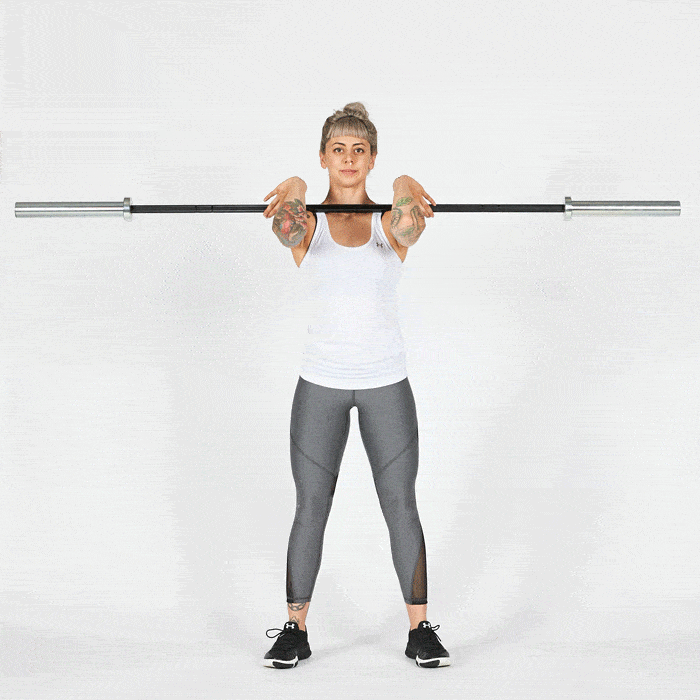
“Front squats can be especially advantageous for athletes with shoulder concerns,” Piercy says. It may also be easier for those with longer legs to stay more upright in a front squat versus a back squat.
But again, that doesn’t mean front squats are the easy way out. “Front squats, when done properly, require a great deal more mobility than their brother, the back squat,” Piercy explains. The two exercises also work different muscles, so it may make sense to choose based on your strength priorities: Front squats are great for targeting the quads and upper back, while back squats target the hips, glutes and lower back.”

Hitting the pavement is a universal form of exercise many people love. But as we get older or if we’re experiencing an injury, running can become impractical or even impossible to execute with proper form.

“The value of water fitness is often overlooked,” says Shana Verstegen, fitness director at Supreme Health and Fitness in Wisconsin. “The pool can partially or completely unload the joints (with deep water running) while continuing to add a valuable (and different) type of resistance to the runner.”
Since you’re taking the load off of your joints, you’re more likely to get a better cardio and strength workout than you would otherwise. “Using a floatation belt or vest, run with the same, upright, running form you would on land,” Verstegen suggests. “You can even mimic your identical land-based workout of sprints, long-duration running or middle-distance speed in the pool!”




